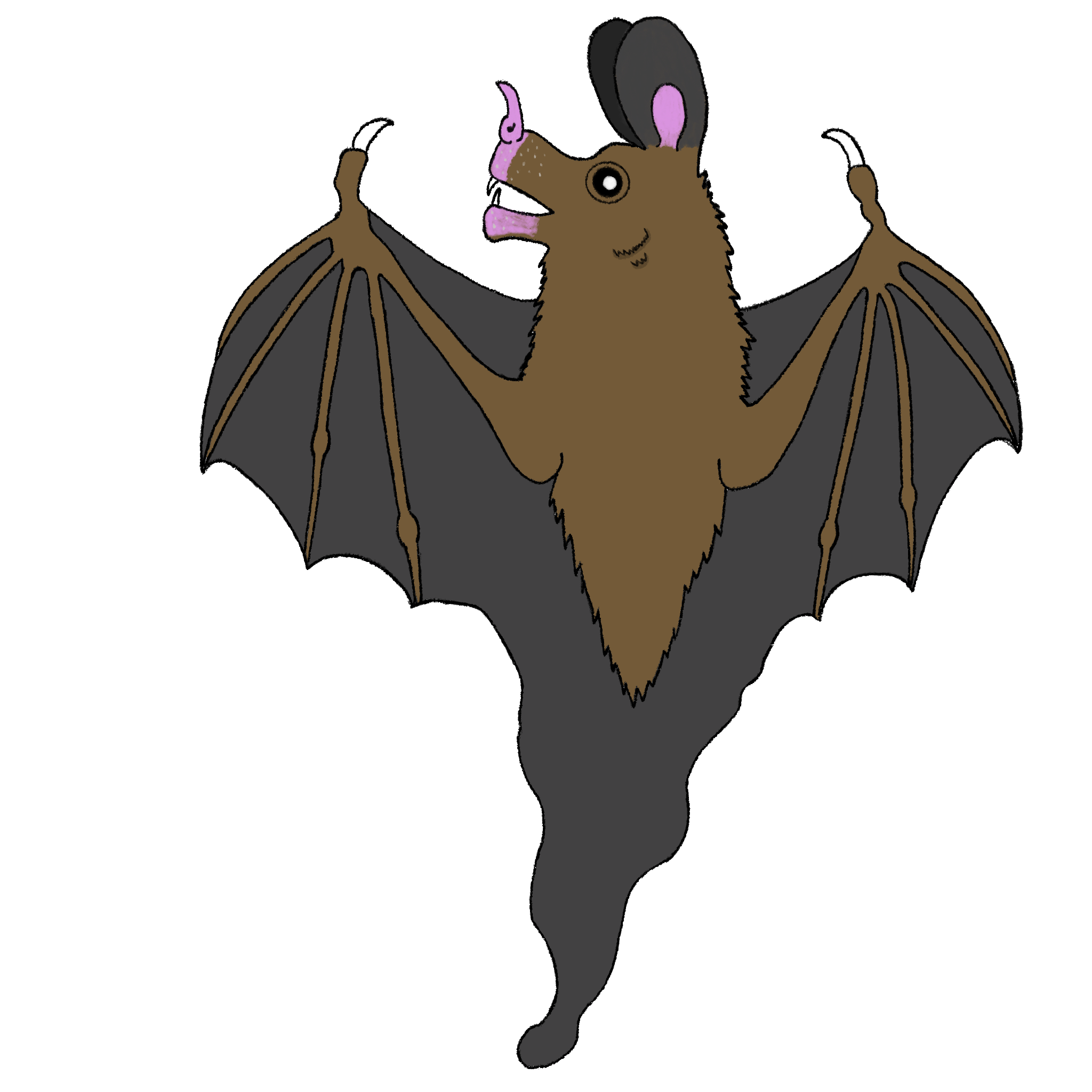
Halloween
Spooky Species
Skeleton shrimp are skeletally thin and often have ghostly transparent bodies. They grasp algae with their spindly rear legs, while their front legs form large "claws" used for grooming, defence, and capturing prey. Luckily, they only grow to a couple of centimetres (~1 inch) long.
The pumpkin toadlet is one of the smallest frogs in the world — only some 18 mm (0.7 in) long. Because of its minuscule size, the organs in its ears that are responsible for balance cease to work mid-jump. As such, it cartwheels rigidly through the air before making a clumsy, floppy landing.
A male blood pheasant has splatters of "bloody" feathers across his face, breast, and tail. This species lives in the Himalayan Mountains, feeding mostly on mosses and moving with the snowline between elevations of 3,200–4,700 metres (10,500–15,400 ft). It's adapted to resist both hypoxia and high UV radiation.
Marine hatchetfish are creatures of the deep. They have rows of light-producing organs along their bellies which shine a pale blue — matching the light from above and making the hatchetfish invisible to predators below. This fish's name comes from its body shape, which resembles the head of a hatchet.
With a wingspan of almost 1 metre (3.3 ft), the spectral bat is the largest bat in the Americas and the largest carnivorous bat in the world. It's believed to find avian prey by smell and is attracted to distress calls from small bats caught in mist nets. It's also known as the "False Vampire", because it was previously thought to feed on blood.











